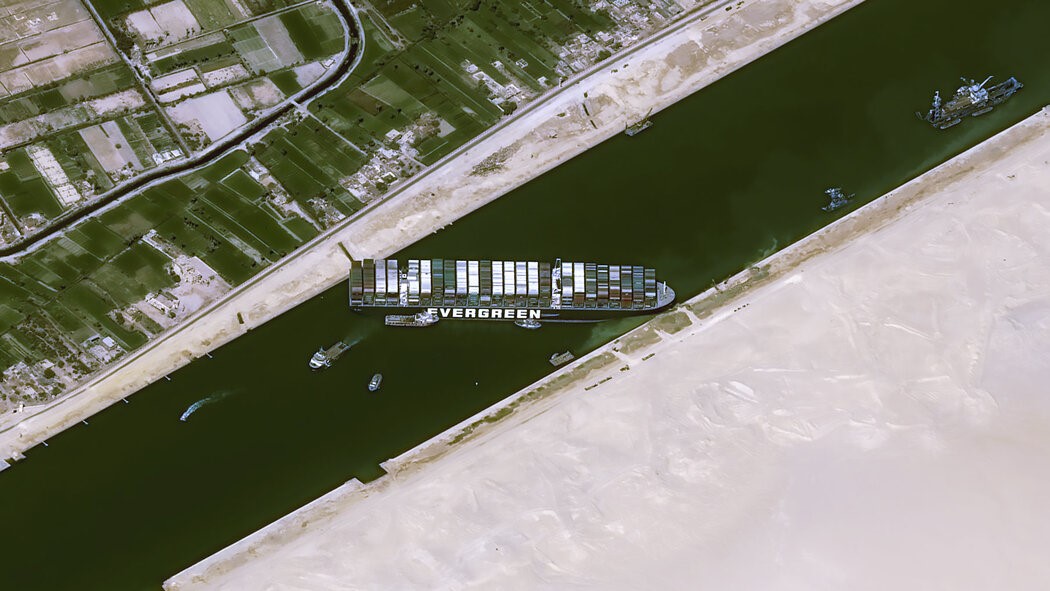Identifying and managing risks is an important part of any company’s strategy assessment. One commonly-discussed risk is concentration risk. This refers to a company having too much reliance on one customer or vendor, to the extent that the business could be harmed if that customer or vendor was unable to operate. A close cousin to concentration risk is constraint risk, which we will elaborate on below.
The first time I learned about constraints was from a great book entitled “The Theory of Constraints” by Eliyahu Goldratt. This theory is part of the lean manufacturing and process improvement world, and says that any process can only move as fast as its slowest point. To improve processes, one has to identify and handle the constraints.
Taking this one step further and focusing on the most important, critical processes in your business will allow you to uncover constraint risk. These risks could involve a person, machine, part, or vendor that is in the critical path of the business, meaning the business could be shut down or sustain a great deal of damage if the constraint is not fixed.
Here are a few potential scenarios that are examples of constraint risk:
- Your location has a single supply of internet services with no back-up system. If your vendor or their system fails, your business could be unable to operate its critical business systems. You would be at the vendor’s mercy without a backup.
- You have an accounting or IT system that has been significantly customized by a single person without any backup or manuals. In this case, the code is in this person’s head. There is great potential to run into trouble if the system goes down and this person is unable to fix it in either the short- or long-term.
- You use a piece of mission critical software that is on an expired license and is no longer supported by the manufacturer. If it breaks and cannot be fixed, your only choice is a lengthy software upgrade/installation.
The conventional way to think about finding constraints is to do process mapping which involves a step by step analysis of each of your business processes from start to finish. I believe the best way to address constraint risk is work backward. Start at the point where value is delivered to your customer and work backward and identify the various critical path links in the value chain that delivers customer value and assess where your constraint risks lie in those critical areas.
If you take the time to review your critical systems and processes, you will likely find more than a few areas in which you have constraint risk. The key is to be proactive and allocate some management time to this subject so you can identify these risks and make the necessary changes to protect your business – before you learn about them the hard way.
NOTE: I wrote this blog on Tuesday, March 23. On Wednesday, March 24 a 1,300 foot container ship called the Ever Given ran aground and blocked the Suez Canal causing significant disruption to the world’s shipping and supply chains. Nothing like a real-world example to illustrate a point!

Source: BBC

